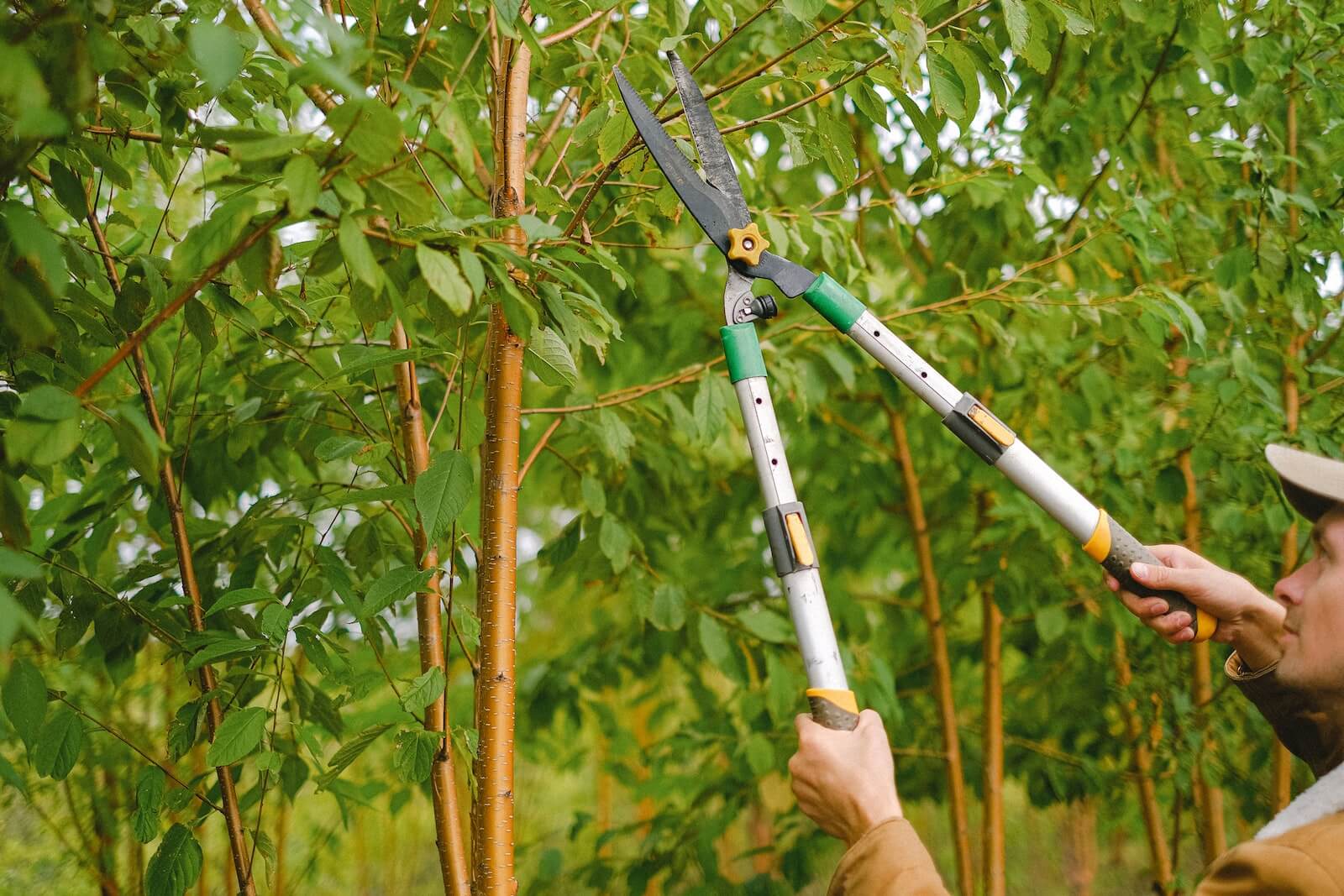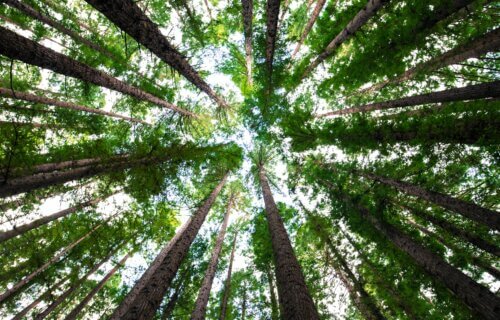OXFORD, United Kingdom — Planting new forests to offset carbon emissions does little for biodiversity and may even be counterproductive, a new study explains. Researchers in the United Kingdom say many of these new tree plantations are established on lands that have never been forested, resulting in minimal net gains for biodiversity.
Although there’s been a surge in commercial tree plantations aiming to offset carbon emissions, the authors stress the need to prioritize the conservation and restoration of untouched ecosystems. In their article, a team from the Environmental Change Institute at Oxford highlights that newly planted forests can’t compare to natural ones in terms of ecological value.
“Despite the broad range of ecosystem functions and services provided by tropical ecosystems, society has reduced value of these ecosystems to just one metric—carbon,” says Dr. Jesús Aguirre-Gutiérrez of the Environmental Change Institute at the University of Oxford, in a media release. “Current and new policy should not promote ecosystem degradation via tree plantations with a narrow view on carbon capture.”
Though some initiatives do reforest damaged land, many projects pursue afforestation, establishing forests in undamaged, previously non-forested areas like grasslands.

Natural tropical ecosystems are rich in biodiversity and offer multiple ecosystem services, including maintaining water quality, soil health, and pollination. In stark contrast, carbon-capture plantations tend to be monocultures, predominantly featuring five tree species — teak, mahogany, cedar, silk oak, and black wattle — cultivated for timber, pulp, or agroforestry. Consequently, these plantations generally harbor reduced biodiversity. For instance, in the Brazilian Cerrado savannah, a 40-percent increase in tree cover resulted in a decline of plant and ant diversity by around 30 percent.
Moreover, tropical grasslands and savannahs already act as carbon sinks and, unlike forests, are more resilient to disturbances like droughts and fires. These carbon-focused plantations might also degrade ecosystems by diminishing stream flows, exhausting groundwater, and making soils acidic.
“The current trend of carbon-focused tree planting is taking us along the path of large-scale biotic and functional homogenization for little carbon gain. An area equivalent to the total summed area of USA, UK, China, and Russia would have to be forested to sequester one year of emissions,” Dr. Aguirre-Gutiérrez says.

The study author emphasizes that significant financial incentives are pushing private companies to offset emissions via carbon-capture plantations, a trend propelled more by financial gains than ecological considerations.
Overvaluing tree planting’s carbon-capture benefits “can disincentive the protection of intact ecosystems and can lead to negative trade-offs between carbon, biodiversity, and ecosystem function. An overarching view on maintaining original ecosystem functioning and maximizing as many ecosystem services as possible should be prioritized above the ongoing economic focus on carbon-capture projects,” Dr. Aguirre-Gutiérrez concludes.
The study is published in the journal Trends in Ecology and Evolution.
You might also be interested in:
- Eco-friendly lies? Study warns corporate ‘greenwashing’ could fool the world
- Climate change is dehydrating rainforests, tree death rate doubled since the 1980s
- Stunning NASA videos show Earth covered in a soup of carbon emissions
South West News Service writer Jim Leffman contributed to this report.

Lea la versión en español en EstudioRevela.com: Plantar nuevos bosques para compensar el carbono en realidad desperdicia recursos y puede perjudicar la biodiversidad.
